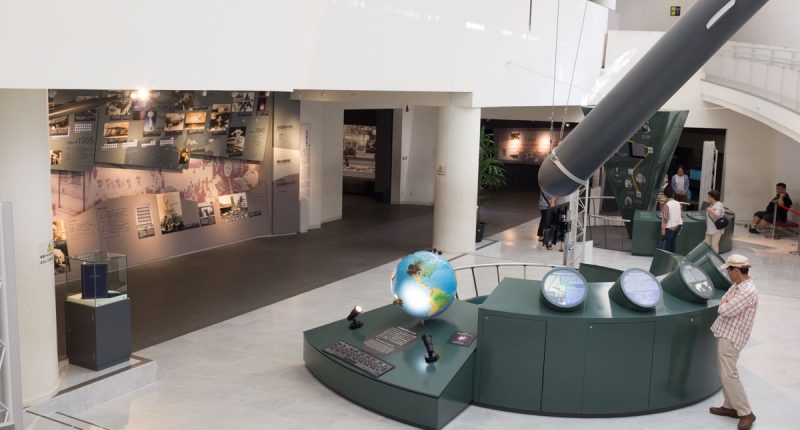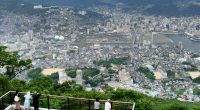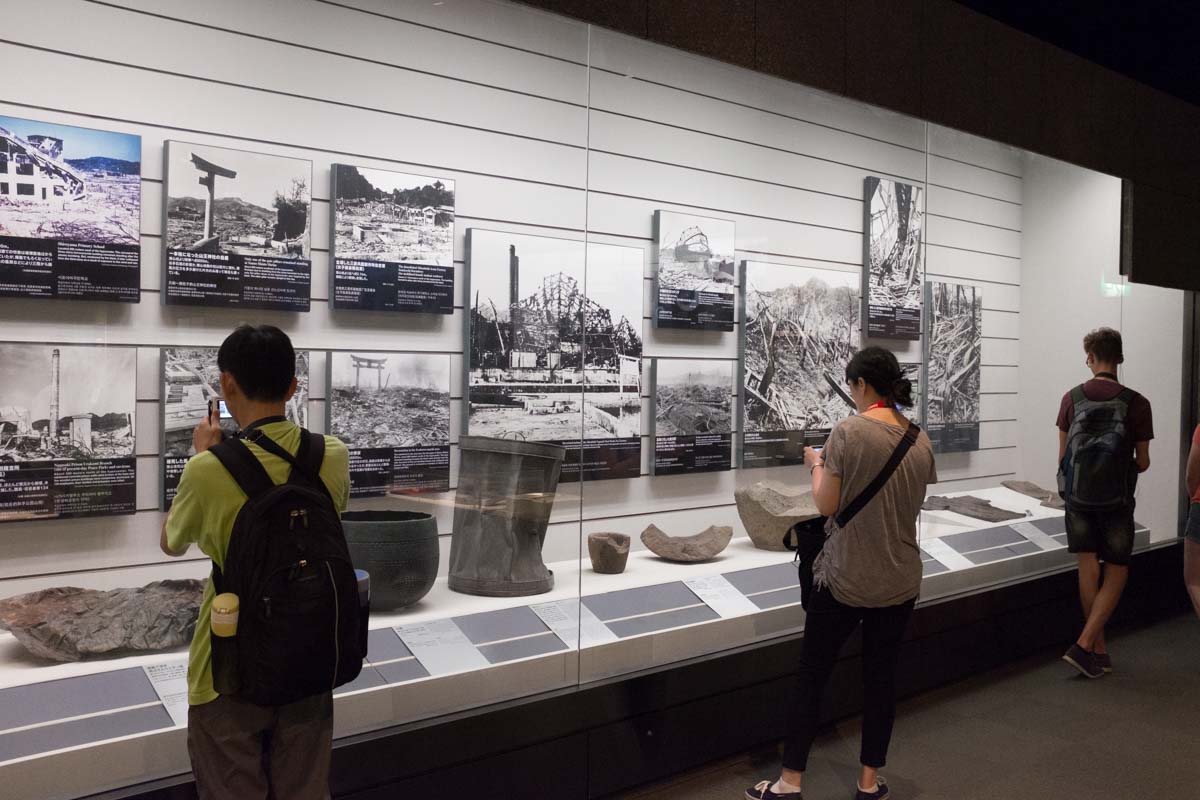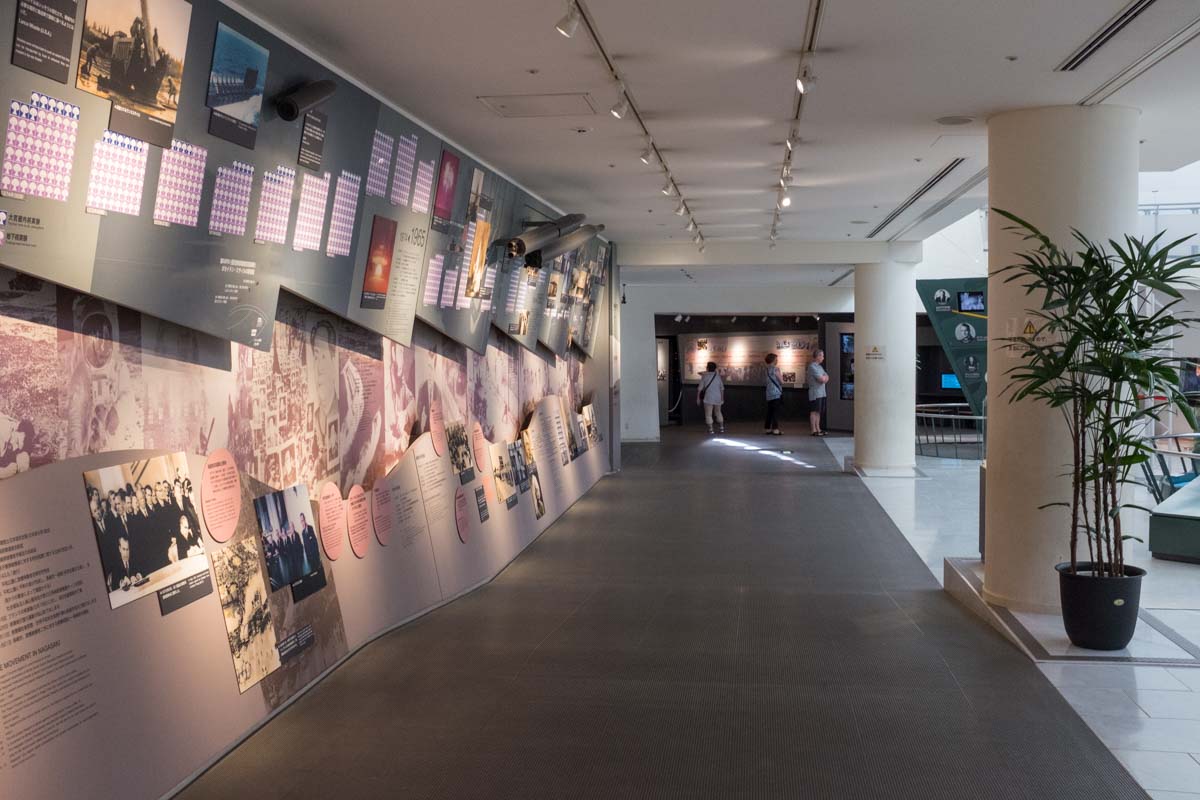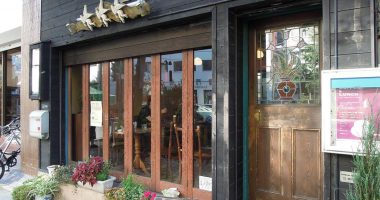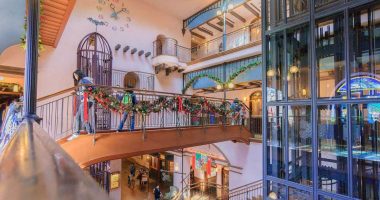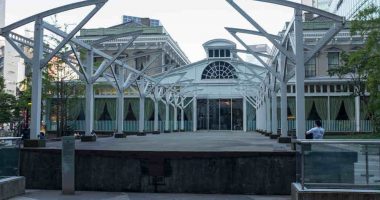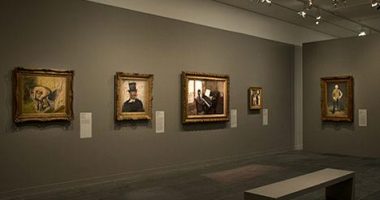The Nagasaki Atomic Bomb Museum (長崎原爆資料館, Nagasaki Genbaku Shiryōkan) was completed in 1996. The museum was built in commemoration of those who died on 9 August 1945 when “Fat Man” was dropped on the city. It stands next to the Nagasaki National Peace Memorial Hall for the Atomic Bomb Victims and near the Nagasaki Peace Park.
The museum is very informative, and visitors should come away with a deeper understanding of the impact the atomic bomb had on the city and those that lived in it. Among the exhibits you can find real objects from the day of the bombing such as melted bottles and water tanks, as well as remains from some of the victims. There is a wealth of information and materials, and timeline that puts the bombing in a broader context. The final section of the museum is dedicated to non-proliferation efforts with thought-provoking insights into the power of modern day nuclear weapons.
